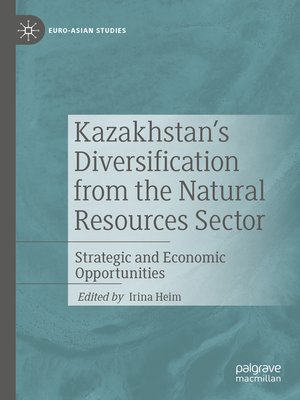Kazakhstan's Diversification from the Natural Resources Sector
ebook ∣ Strategic and Economic Opportunities · Euro-Asian Studies
By Irina Heim

Sign up to save your library
With an OverDrive account, you can save your favorite libraries for at-a-glance information about availability. Find out more about OverDrive accounts.
Find this title in Libby, the library reading app by OverDrive.



Search for a digital library with this title
Title found at these libraries:
| Library Name | Distance |
|---|---|
| Loading... |
This book explores opportunities for diversifying modern Kazakhstan's economy, which is still heavily dependent on its natural resources, as well as looking at economic opportunities for the whole Central Asian region arising from the Chinese government's Belt and Road Initiative (BRI). The book is comprised of four parts. Part 1 explores the first main theme of the book: development of the economy based on the resource sector with the example of Kazakhstan. Part 2 examines opportunities for diversification arising from BRI: a rise of transport and communication industries alongside the new Belt and Road economic route. Part 3 explores the view from China on the perspectives of regional development, not least the economic reasons for the launch of this programme, investments and planned effects. Part 4 discusses other internal sources for diversification of the economy in Kazakhstan based on development of local industry in the oil and gas sector, small- and medium-sized enterprises and tertiary sector of the economy.
This book will be of value for students, academics, policy-makers, and practitioners focused on economic development and business in the Central Asian region, as well as those who are working on the design of instruments for economic development in their own countries.
This book will be of value for students, academics, policy-makers, and practitioners focused on economic development and business in the Central Asian region, as well as those who are working on the design of instruments for economic development in their own countries.







